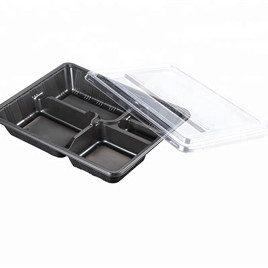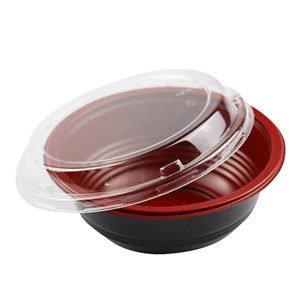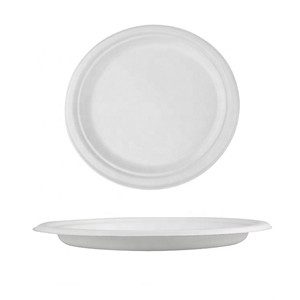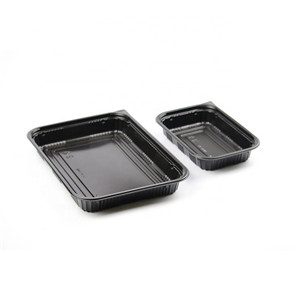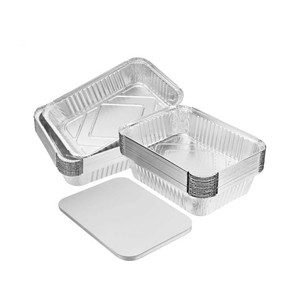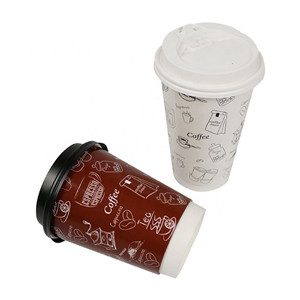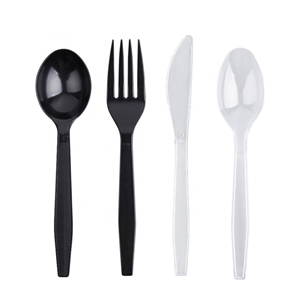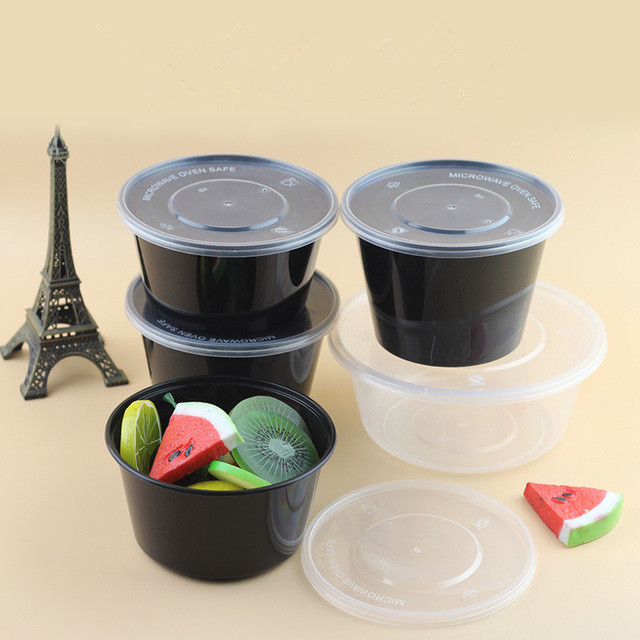Introduction: Plastic food containers have become ubiquitous in modern households, offering convenience and versatility in food storage. However, not all plastic containers are created equal, and it’s crucial to make informed choices to ensure food safety. In this blog, we provide a comprehensive guide to selecting the right plastic food container for safe usage, covering important factors such as material safety, labeling, and proper maintenance.
- Identifying Food-Safe Plastics The first step in choosing a safe plastic food container is understanding the various types of plastics used in their production. As mentioned in our previous blog, polypropylene (PP) and high-density polyethylene (HDPE) are considered food-safe plastics. Look for the recycling codes #5 (PP) and #2 (HDPE) imprinted on the bottom of the container. Avoid containers with recycling codes #3 (polyvinyl chloride, PVC) and #7 (other) as they may contain harmful chemicals like BPA.
- Check for “Microwave Safe” and “Dishwasher Safe” Labels When considering plastic food containers for reheating purposes, check if the container is labeled as “microwave safe.” This label indicates that the plastic is designed to withstand microwave temperatures without leaching harmful substances into the food. Similarly, if you prefer the convenience of a dishwasher, look for containers labeled as “dishwasher safe” to ensure they can withstand the high temperatures and rigorous cleaning process.
- Opt for Airtight and Leak-Proof Seals The effectiveness of a plastic food container largely depends on its ability to maintain an airtight and leak-proof seal. This feature not only keeps food fresh but also prevents spills and cross-contamination. Before purchasing a container, inspect the lid’s design and ensure that it securely seals the container to avoid any potential leaks.
- Proper Maintenance and Storage To prolong the life of your plastic food containers and ensure their safety, follow these maintenance tips:
- Hand wash containers whenever possible to prevent potential damage from high dishwasher temperatures and harsh detergents.
- Avoid using abrasive scrubbers or scouring pads that could scratch the plastic surface, creating breeding grounds for bacteria.
- Discard containers that show signs of wear, such as cracks, discoloration, or an odor that persists after cleaning.
Conclusion: Selecting the right plastic food container is essential for ensuring food safety and optimal usage. By understanding food-safe plastics, checking for appropriate labels, and properly maintaining containers, you can confidently enjoy the convenience and benefits of plastic food storage while prioritizing the well-being of yourself and your family.


